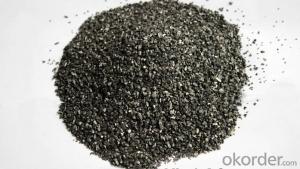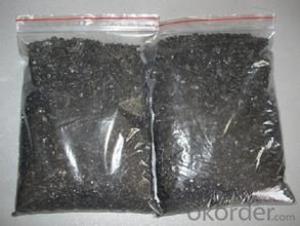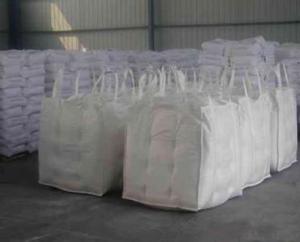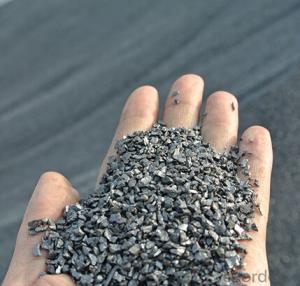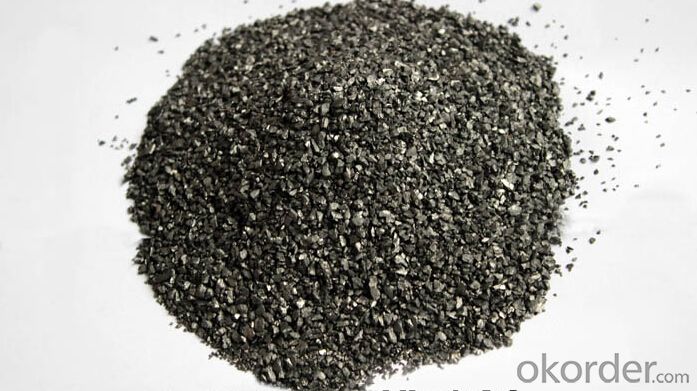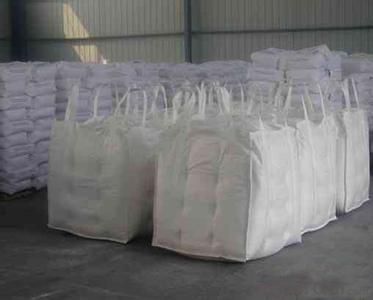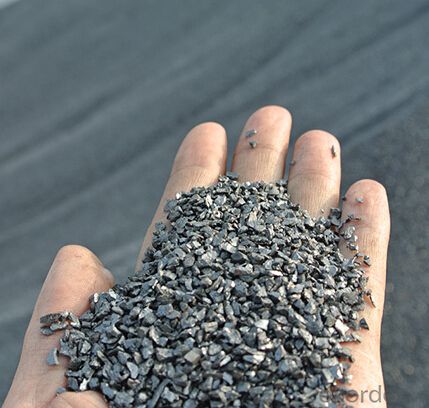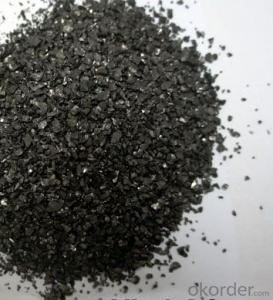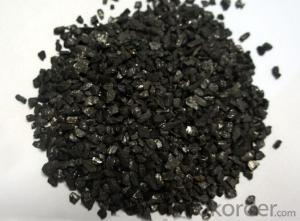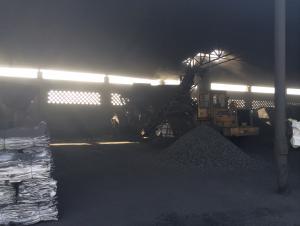Recarburizer 1-3MM 93% FC Carburant Carbon Additives
- Loading Port:
- Qingdao
- Payment Terms:
- TT OR LC
- Min Order Qty:
- 10 m.t.
- Supply Capability:
- 50000 m.t./month
OKorder Service Pledge
OKorder Financial Service
You Might Also Like
Specifications Of Recarburizer 93% FC
- High C content;
- Low S and N content;
- High abosorbility;
Recarburizer(Carburant, carbon additives) with high quality, 0-20mm for metal casting foundry and steel plant, low nitrogen content and high carbon content, min 90% carbon content, at the same time as your requirements with no problem. The best media for adding carbon.
Technical Data Sheet of Recarburizer 93% FC
Fixed carbon | ≥ 93% |
Ash content | ≤ 5.0% |
Vol . Matter | ≤ 1.0% |
Sulphur content | ≤ 0.3% |
Moisture content | ≤ 0.3% |
Size | 0-20mm or as your requirement. |
Packing | - 25kg bag - One tone bags, Jumbo bag |
Delivery time | In 5-10 working days or depends on the order quantity |
Supply ability | 50000 Metric Ton Per Month |
Payment terms | L/C at sight or T/T |
Available Size: 0,1-4mm, 1-5mm, 3-8mm, 8-20mm (as per customers’ requirements)
Usage: widely used in casting foundry, steel-making, metallurgical Etc.
Applications of Recarburizer 93% FC
Mainly used in steel making in electrical stove, screening water, ship building sandblast to remove rust,producing carbon materials Etc.
Characteristics of Recarburizer 93% FC
- Particle size, porosity, absorption speed stable
- High degree of carbonize product, increase the original nuclear capability in the shape of liquid iron.
- Increased in the inoclation of nodular cast iron ball ink quantiyt, increase in th electric furnace iron graphit crystal nucleus.
- Excellent performance, stable.

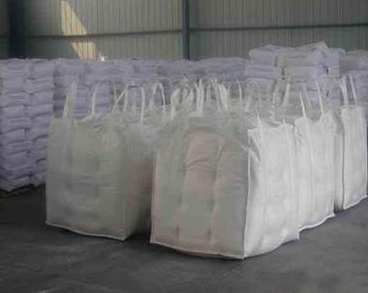
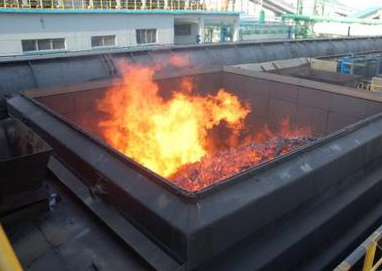
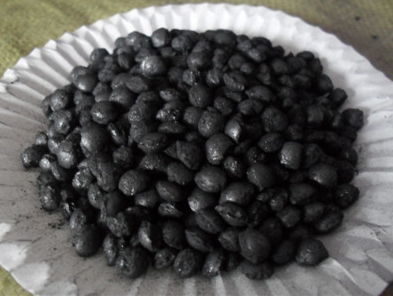
- Q: Process for producing carbon fiber board
- What is the production process of carbon fiber?For the production process of carbon fiber, when the PAN based carbon fiber is produced, the polyacrylonitrile fiber, which is called the parent fiber, is firstly prepared by polymerization and spinning process. These are then placed in an oxidizing furnace and oxidized at 200 to 300 degrees celsius. In addition, carbon fibers are also carbonized in the carbonization furnace at temperatures between 1000 and 2000 degrees celsius. In addition to the conventional type of fine carbon fiber, the PAN based carbon fiber also includes coarse fiber, known as the "tow man type carbon fiber", which costs less to produce the crude fiber.If you can not understand that there are other carbon fiber net professional look, introduce a carbon fiber network via Wuxi to see you, the above information and pictures very much, I often go to their website to learn.
- Q: How are carbon markets regulated?
- Carbon markets are regulated through a combination of international, national, and regional frameworks that aim to ensure the integrity and transparency of emissions trading. One of the main international bodies overseeing carbon markets is the United Nations Framework Convention on Climate Change (UNFCCC), which established the Kyoto Protocol and the Paris Agreement. Under the Kyoto Protocol, an international emissions trading system was created, allowing countries to trade emission allowances through the Clean Development Mechanism (CDM) and Joint Implementation (JI) projects. The CDM and JI projects are approved and monitored by the UNFCCC, which ensures that emission reductions are real, measurable, and additional to what would have occurred without the project. The Paris Agreement, which succeeded the Kyoto Protocol, introduced a new market mechanism called the Sustainable Development Mechanism (SDM). The SDM aims to promote sustainable development and help countries achieve their climate goals by enabling emission reductions and removals through projects in developing countries. At the national and regional level, governments and regulatory bodies play a crucial role in the regulation of carbon markets. They establish legal frameworks, set emission reduction targets, and develop domestic emissions trading systems. These systems typically involve the allocation of emission allowances to companies or sectors, monitoring and reporting of emissions, and the trading of allowances on regulated platforms. To ensure the integrity of carbon markets, strict regulations are put in place to prevent fraud, double-counting, and other forms of market manipulation. Independent verification and accreditation bodies are responsible for auditing emissions data and project methodologies to ensure compliance with the established rules and standards. Furthermore, market oversight and enforcement bodies are established to monitor and enforce compliance with the regulations. These bodies have the authority to investigate and penalize any non-compliance, including imposing fines or revoking emission allowances. Overall, the regulation of carbon markets involves a complex network of international agreements, national legislation, and regulatory bodies. The aim is to create a robust and transparent market that incentivizes emission reductions and supports the transition to a low-carbon economy.
- Q: What are the advantages of carbon-based nanoelectronics?
- Carbon-based nanoelectronics offer several advantages over traditional silicon-based electronics. Firstly, carbon-based materials, such as nanotubes and graphene, have exceptional electrical properties. They can carry high electron mobility, meaning they can transport charges at a much higher speed than silicon. This allows for faster and more efficient electronic devices. Secondly, carbon-based nanoelectronics have excellent thermal properties. They can efficiently dissipate heat, reducing the risk of overheating in electronic devices. This is particularly beneficial for high-power applications, where heat management is crucial. Additionally, carbon-based nanoelectronics are extremely thin and flexible. Nanotubes and graphene can be easily manipulated to create ultra-thin and flexible electronic components. This enables the development of wearable electronics, flexible displays, and other innovative devices that were previously not possible with silicon-based technology. Carbon-based materials also have a higher mechanical strength compared to silicon. They are more resistant to bending or breaking, making them more durable and long-lasting. Furthermore, carbon-based nanoelectronics have the potential for scalability. They can be fabricated using various methods, including chemical vapor deposition and solution-based processes, which offer the possibility of large-scale production at lower costs. Lastly, carbon-based nanoelectronics are environmentally friendly. Carbon is an abundant element and does not pose the same environmental concerns as silicon, which requires energy-intensive processes for extraction and purification. Overall, carbon-based nanoelectronics offer improved electrical and thermal properties, flexibility, scalability, durability, and environmental sustainability. These advantages make them highly promising for the development of next-generation electronic devices.
- Q: What is the carbon emission of the air conditioner?
- Summer, less air-conditioning, 1 hours to reduce carbon emissions of 0.621kg, the action of the low carbon family is not how much money you need to pay, but to change some of your habits and habits, and contribute to environmental protection. Hand in hand to join hands to tackle climate warming, perhaps our hearts will be less worried about the future......
- Q: How does carbon impact the ozone layer?
- The ozone layer is not directly affected by carbon, but carbon-containing compounds such as CFCs can greatly impact it. When CFCs are released into the atmosphere, they can reach the stratosphere and break down due to UV radiation, releasing chlorine atoms. These chlorine atoms then destroy ozone molecules catalytically, causing the depletion of the ozone layer. The depletion of the ozone layer is a crucial environmental concern because it allows more harmful UV radiation from the sun to reach the Earth's surface. Increased UV radiation can have negative effects on human health, including skin cancer, cataracts, and weakened immune systems. It can also harm ecosystems by damaging phytoplankton, which are vital to the marine food chain, and affecting the growth of plants and crops. To address this issue, the international community has taken measures to decrease the production and usage of substances that deplete the ozone layer, including CFCs. The Montreal Protocol, an international environmental agreement, has successfully phased out the production of CFCs and other harmful substances. This has contributed to the recovery of the ozone layer, although it remains a long-term process. In conclusion, carbon itself does not directly impact the ozone layer. However, carbon-containing compounds like CFCs, when released into the atmosphere, can cause the destruction of the ozone layer. Efforts to reduce the production and usage of these substances that deplete the ozone layer have been essential in safeguarding the ozone layer and mitigating the harmful effects of increased UV radiation.
- Q: What are the effects of carbon emissions on the Arctic ecosystem?
- Carbon emissions have significant effects on the Arctic ecosystem. The increased levels of carbon dioxide in the atmosphere contribute to global warming, causing the Arctic to warm at a faster rate than the rest of the world. This leads to the melting of sea ice, loss of permafrost, and rising sea levels. These changes disrupt the delicate balance of the Arctic ecosystem, affecting various species, including polar bears, walruses, and seals, as well as their prey. Additionally, the acidification of the oceans due to carbon emissions further impacts marine life, such as plankton and shellfish. Overall, carbon emissions have detrimental consequences for the Arctic ecosystem, threatening its biodiversity and functioning.
- Q: What are the impacts of carbon emissions on the stability of river ecosystems?
- Carbon emissions have significant impacts on the stability of river ecosystems. One of the primary consequences of carbon emissions is the increase in greenhouse gases in the atmosphere, leading to global warming. Rising temperatures have direct and indirect effects on river ecosystems. Firstly, increased temperatures can alter the physical characteristics of rivers and affect the availability of oxygen in the water. Warmer water holds less dissolved oxygen, which can harm aquatic organisms such as fish and invertebrates that rely on oxygen for survival. This decrease in oxygen levels can lead to reduced biodiversity and even fish kills. Secondly, climate change, driven by carbon emissions, can disrupt the natural hydrological cycle. Changes in precipitation patterns can result in droughts or floods, causing fluctuations in river flow. These changes can affect the spawning and migration patterns of many aquatic species, disrupting their life cycles and reducing their populations. Furthermore, altered river flows can also impact the stability of riverbank and riparian habitats, leading to erosion and habitat loss. Additionally, increased carbon emissions contribute to ocean acidification. When carbon dioxide is absorbed by water, it forms carbonic acid, which lowers the pH of the water. Acidic waters can have detrimental effects on aquatic life, including shellfish, corals, and other calcifying organisms. River ecosystems are interconnected with coastal and marine ecosystems, so the impacts of ocean acidification can indirectly affect river ecosystems through the food web. Moreover, carbon emissions contribute to the deposition of air pollutants, such as nitrogen and sulfur compounds, onto land and water bodies. These pollutants can be transported by rainfall into rivers, leading to increased nutrient levels and eutrophication. Excessive nutrients can cause harmful algal blooms, deplete oxygen levels, and create dead zones, further disrupting the balance of river ecosystems. In conclusion, carbon emissions have profound impacts on the stability of river ecosystems. Rising temperatures, altered hydrological cycles, ocean acidification, and increased nutrient levels all contribute to the degradation of these ecosystems. It is crucial to reduce carbon emissions and implement sustainable practices to mitigate these impacts and preserve the health and stability of river ecosystems.
- Q: What are carbon-based superconductors?
- Carbon-based superconductors are materials that exhibit superconductivity, which is the ability to conduct electricity with zero resistance, at relatively high temperatures, using carbon as the main component. These materials have unique properties that make them promising candidates for various technological applications, such as energy storage and transmission systems.
- Q: How does carbon affect the formation of desertification?
- Carbon can indirectly affect the formation of desertification by contributing to climate change. Increased carbon emissions lead to global warming, which alters weather patterns and increases the frequency and intensity of droughts. These prolonged dry periods, combined with other factors such as deforestation and overgrazing, can accelerate soil degradation and ultimately lead to desertification.
- Q: What is the carbon footprint?
- The carbon footprint refers to the total amount of greenhouse gases, particularly carbon dioxide (CO2), released into the atmosphere as a result of human activities. It is a measure of the impact individuals, organizations, or countries have on the environment in terms of contributing to climate change. This footprint includes direct emissions from burning fossil fuels for transportation, heating, and electricity, as well as indirect emissions from the production and transport of goods and services we consume. The carbon footprint is usually measured in units of carbon dioxide equivalent (CO2e) and is an important tool for evaluating and managing our environmental impact. By understanding and reducing our carbon footprint, we can mitigate climate change and work towards a more sustainable future.
Send your message to us
Recarburizer 1-3MM 93% FC Carburant Carbon Additives
- Loading Port:
- Qingdao
- Payment Terms:
- TT OR LC
- Min Order Qty:
- 10 m.t.
- Supply Capability:
- 50000 m.t./month
OKorder Service Pledge
OKorder Financial Service
Similar products
Hot products
Hot Searches
Related keywords
